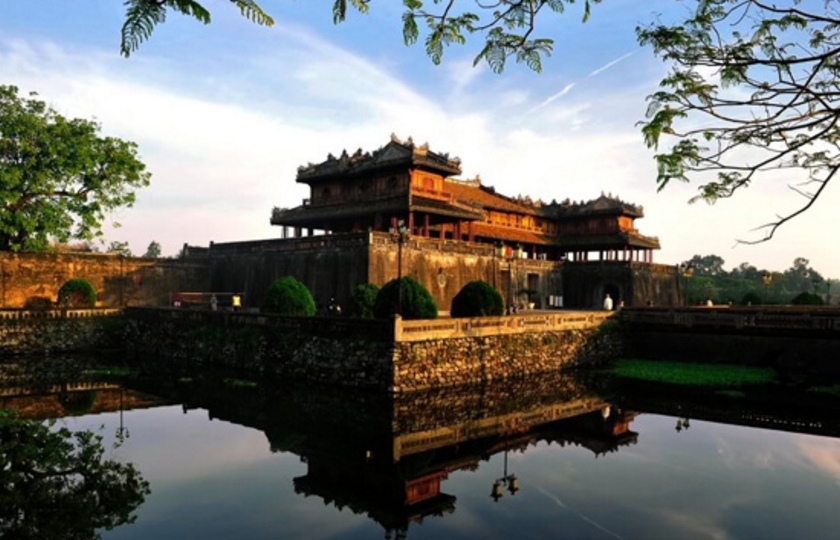Ninh Binh is located in south of the Northern Delta region. The province separates North and Central Vietnam by Tam Diep Mountain Range. With over 1,400 km2 of natural area, Ninh Binh has forests, sea and a diverse system of fauna and flora. Ninh Binh's topography is divided clearly into 3 parts: the mountainous area in the west and northwest, the delta and coastal area in the east and south. Ninh Binh has Day, Van Sang Rivers, and Non Nuoc, Canh Dieu mountains that offers many kinds of tours. Annual average temperature is 23.4ºC.
Ninh Binh has the pace of a large country town – a welcome respite if you have just escaped the bustle of Hanoi. Furthermore, Ninh Binh is endowed with numerous historical relics dating back to the Dinh, early Le, Ly and Tran dynasties from the 10 – 13th century. The surrounding countryside is gorgeous, confirming all the postcard fantasies of what Vietnam has to offer – water buffalos, golden-green rice paddies, majestic limestone for¬mations and more.

Tam Coc - Literally means “Three caves”, 9 km south of Ninh Binh that is one of Vietnam’s most spectacular destinations. It is a familiar with a name “Halong Bay on land”, similar to Halong Bay but more accessible and much less touristy. Three caves are First, Second and Third Cave or Hang Ca, Hang Hai and Hang Ba respectively. Sitting on boat en route to Tam Coc, it is marvelous with the scene of huge rocks
Trang An Grottoes - 7 km from Ninh Binh – an easy bicycle ride away. There are many more caves to pass through and not too crowded as Tam Coc. Compare with Trang An, Tam Coc is only a smaller version.
Cuc Phuong National Park, 45 km from Ninh Binh.
Cuc Phuong national park is a well-preserved rainforest, it covers an area of 25,000 ha, three quarters of which are Limestone Mountains.
Bich Dong - A stunning temple complex at the base of high cliffs starting point for boat rides to Tam Coc. A pond is near the entry and the main temple courtyard gives way to a series of pagodas along the short path up the high rocky hillside.
Hoa Lu was the capital of Vietnam under the Dinh dynasty and the early Le dynasty. The area was chosen because the limestone formations surrounding the site were a stalwart natural defense against the Chinese. The temples of Hoa Lu are worth a visit and part of Ninh Binh’s itinerary.
Bai Dinh Pagoda Spiritual and Cultural Complex is a complex of Buddhist pagodas in Bai Dinh Mountain in Ninh Binh. The complex consists of one old pagoda area and new temple area which is considered the largest Buddhist temple complex in Vietnam.

30% OFF
-
Extend This Vietnam tours...




.jpg)
.jpg)
.jpg)
.jpg)
.jpg)
.jpg)

.jpg)
.jpg)
.jpg)






.jpg)
.jpg)
.jpg)
.jpg)
.jpg)
.jpg)
.jpg)
.jpg)
.jpg)
.jpg)

.jpg)
.jpg)
.jpg)
.jpg)





